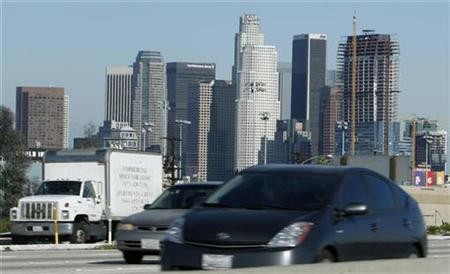On November 26, Friday, the Environmental Protection Agency (EPA) announced that will add road tests to its emissions testing for diesel-powered vehicles. That follows the Volkswagen (VW) cheating scandal in which the German automaker hacked the onboard software of 11 million VW cars worldwide during the past seven years, tricking the United States' federal agency.
The EPA sent a letter to car manufacturers. It will add road tests to its emissions testing process, which will include normal driving conditions in order to pinpoint possible device defects.
VW's complex software produced fake emissions results when lab-tested. It then damaged the environment with pollution while running on country roads and major highways. The EPA hopes to catch such methods for rigging tests.
Gina McCarthy is EPA's Administrator. She explained that the federal agency will carefully review all auto models for software devices and cheating tools.
The EPA has been blasted for its testing procedures after the VW scandal. Industry experts have argued that its methods are predictable and obsolete.
Interestingly, EPA did not initially catch VW. That was done by West Virginia University's researchers who conducted road testing, according to Toledo Blade.
Senator Bill Nelson (D-FL) said that he was frustrated that the EPA was not effective in protecting the American public. Seven years was too long to be hoodwinked by VW.
Nelson compared the VW case to other faulty auto devices. They included General Motors' malfunctioning ignition switches, and Takata's exploding air bags.
In Nelson's home state over 100 Southwest Florida residents are considering a class-action lawsuit against Volkswagen, according to Naples News. The lead plaintiff bought a VW diesel car that was advertised as being a low-emission and "clean diesel" vehicle.
The EPA was formed in December 1970. President Richard Nixon combined several environmental tasks of the federal government into one federal agency.



























